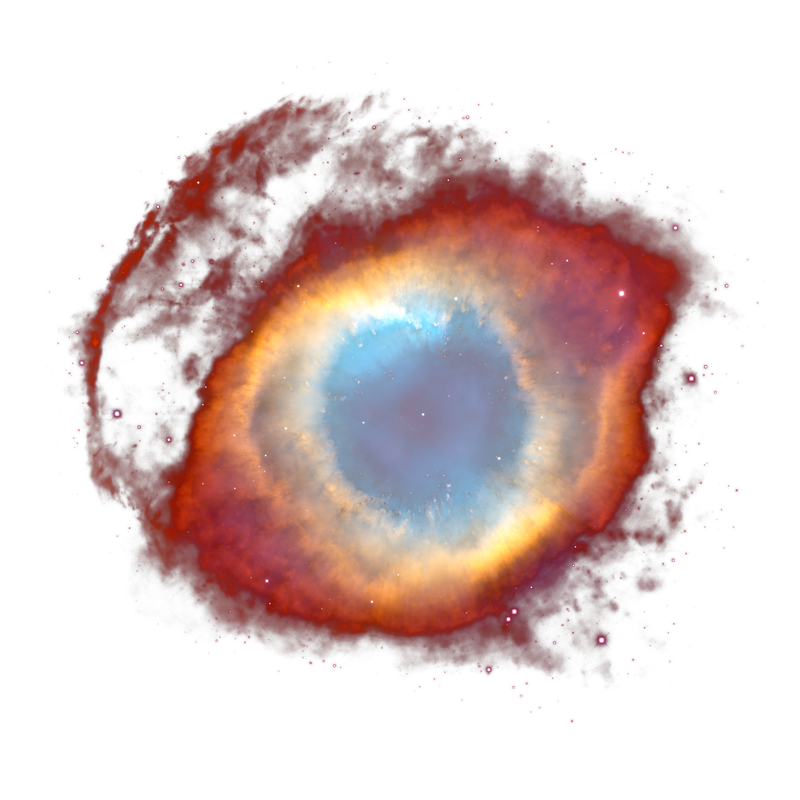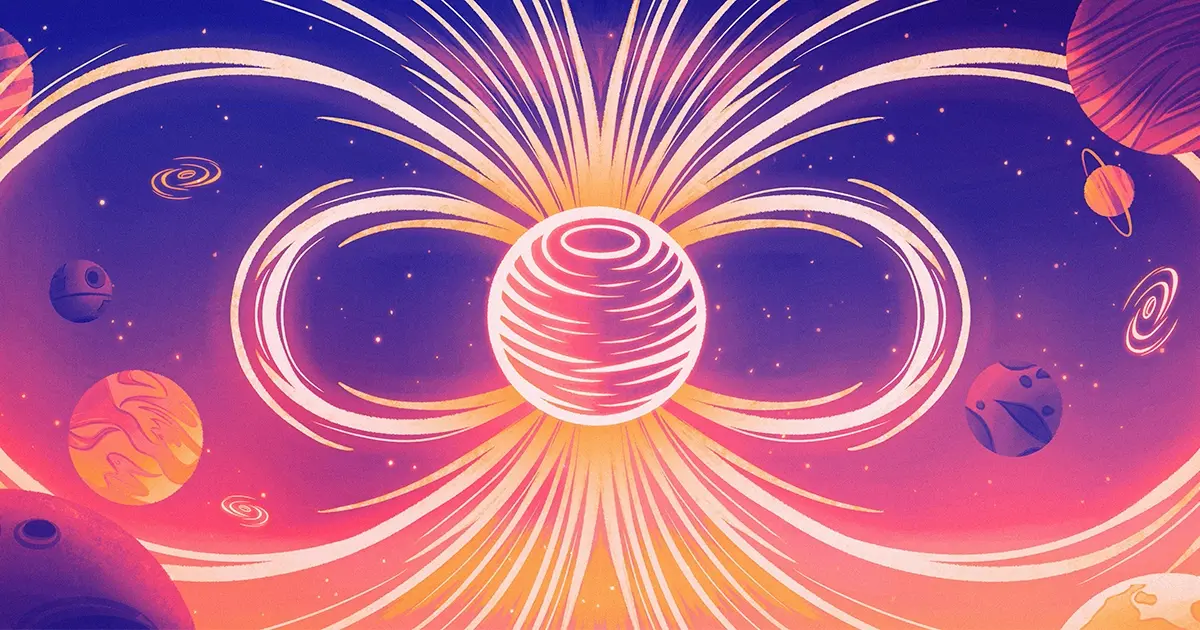

I may be wrong, but I suspect that any nearby black holes (i.e. within a few dozen light-years) with active accretion disks would already be visible to us in visible light and would also be bright enough in x-ray emissions that prior searches would have uncovered them.
In my limited googling, the smallest active black hole I could find was A0620-00A, which is about 6 solar masses. Its accretion disk is visible in x-rays from 3000 light-years away, so I assume any small black holes accreting matter anywhere near us would also be visible.
So more sensitive x-ray instruments would be useful for finding more distant SMBHs, but not necessary for finding any small, nearby black holes that we could actually stand a chance of reaching with a spacecraft. Most likely there just aren’t any active black holes in our neighborhood — only quiet ones we can’t see in x-rays.



























If you’re using Firefox, there are several plugins available that remove YouTube Shorts completely.